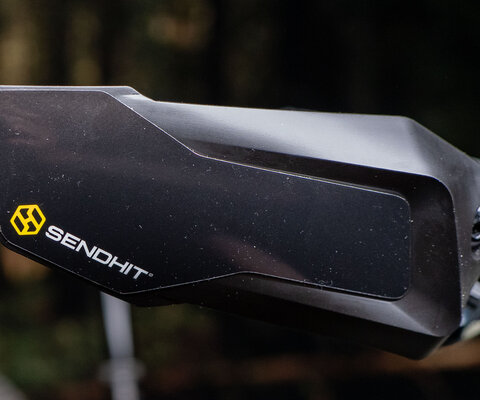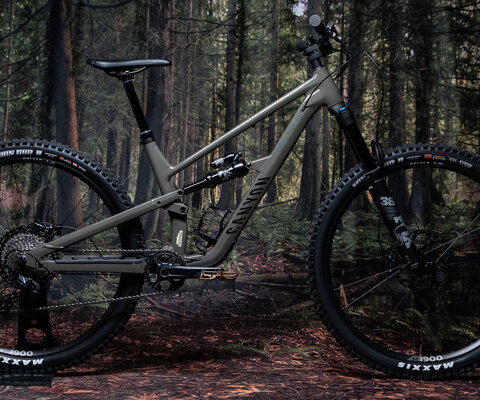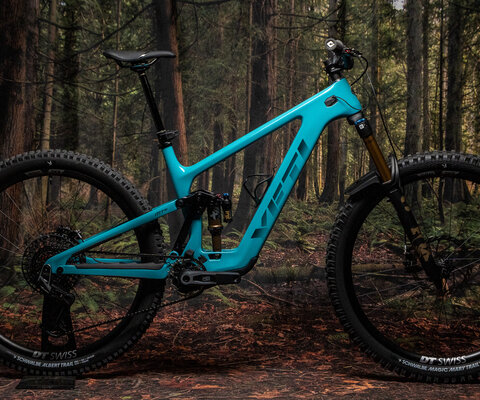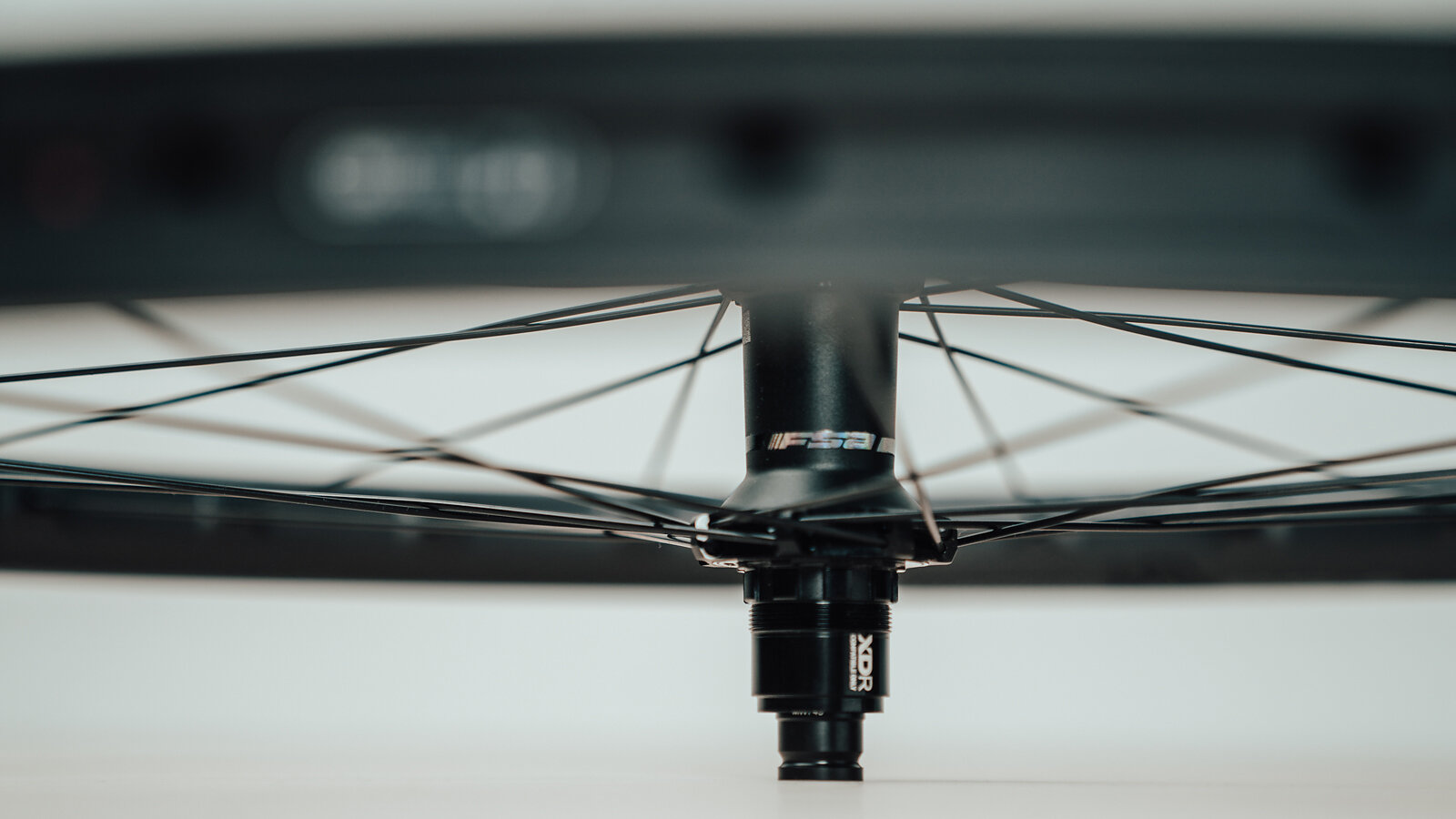
FSA Gradient i30 Enduro Carbon Wheels Component Review
Words by Skylar Hinkley | Photos by Cierra Coppock
FSA rounds out its range with this gravity-oriented wheelset.
We never know when we will do something for the last time, no matter how familiar it has become. Though we all know this to be true, we rarely let it shape the way we live. We expect the trail we've ridden a thousand times to still turn left after the big rock roll, and rightfully so. When we have history, it's wise to trust what we have learned in the past. But there's something to what Zen master Shunryu Suzuki called having a "beginner's mind"—approaching familiar things as if experiencing them for the first time. Drop those expectations occasionally, and suddenly you're noticing details you've been missing all along.
For twelve years now, the Gradient line has been a stalwart in FSA’S enduro and downhill segments. Instead of resting on its solid reputation, though, the company's engineers have stayed curious. And the i30 Enduro Carbon wheels show both the confidence that comes from experience and the subtle improvements that come from keeping an open mind about what might be next.
FSA’s new Gradient i30 wheels take the foundation the brand established last year with its new KFX wheels, and optimize it for the descent.
Shunryu Suzuki also liked to remind people: "Each of you is perfect the way you are and you can use a little improvement," which I think can apply here as well.

FSA Gradient i30 Overview
- Hookless carbon rim
- 4 mm asymmetric spoke bed
- 24 mm depth × 37 mm width × 30mm ID
- 28 direct pull double butted spokes with brass nipples
- FSA PRS X-900 hubs with 72pt engagement
- 15×110 Boost and 12×148 Boost spacing
- XD, MS freehub compatibility
- ISO 6 bolt compatibility only
- Weight: Front 877g, Rear 1029g, Pair 1906g (with tape and valves)
- Price: $1,420
Rim Design
Unsurprisingly, the Gradient i30 has a very similar design language and features to the KFX line. That includes asymmetric rims for more equal spoke tension, 4 millimeter raised sections to reinforce each spoke, and a slightly wider (30 vs 28 millimeter) bead-to-bead measurement. Interestingly for a gravity wheel, FSA sticks to 28 spokes front and rear.
Laterally asymmetric rims to account for hub offset are now all but obligatory. And for the i30 Enduro wheels, FSA doubles down with vertical asymmetry composed of 4 millimeter raised segments where each of the 28 spokes per wheel attach. This approach is also quite common, and has been seen in various forms dating back to the pre-carbon era.
To further support and stiffen the wheel, FSA has opted for straight-pull hubs and spokes. This approach can be quite polarizing to those of us nerdy enough to care, and while I can't say I have a passionate opinion on the topic, I can point you in the direction of a few curmudgeonly bike mechanics who do.
All in all, these wheels insert joke here about not reinventing the wheel. But seriously, I appreciate that these wheels are a meaningful step forward since the last FSA Gradient wheel we reviewed, and don't try to overcomplicate this offering with untested technology.
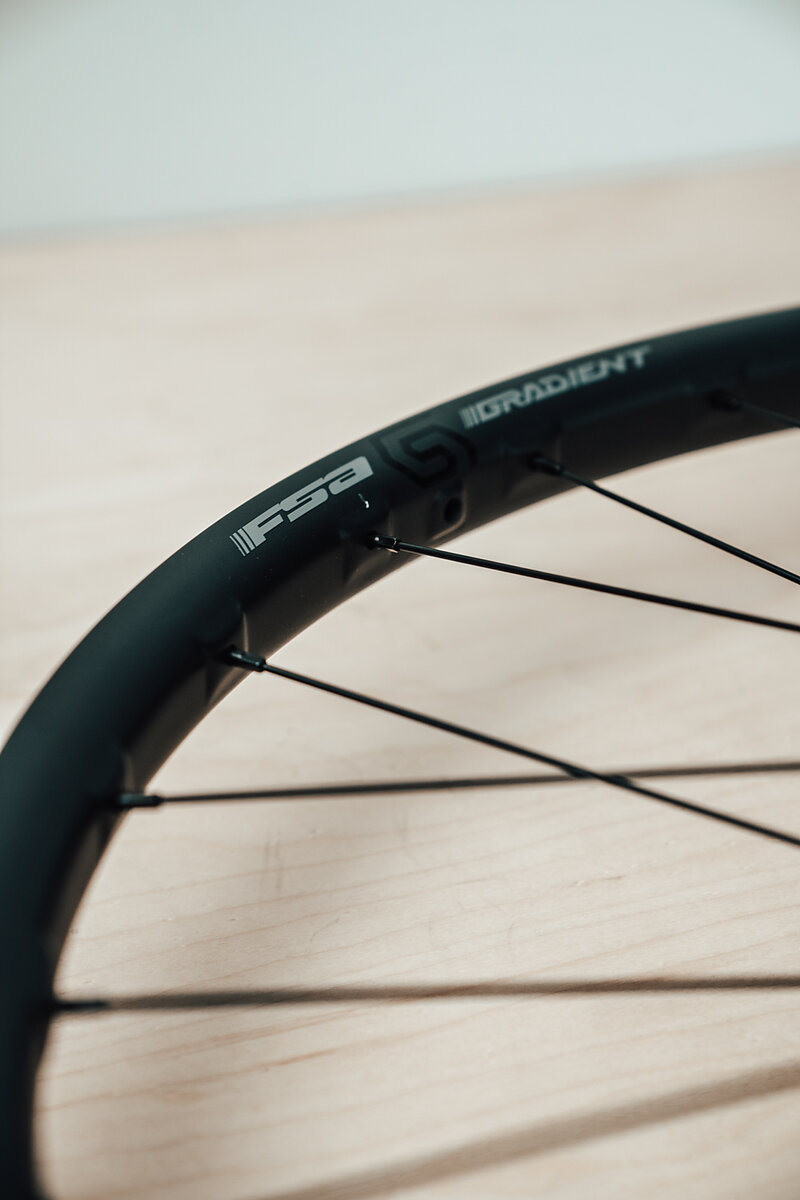
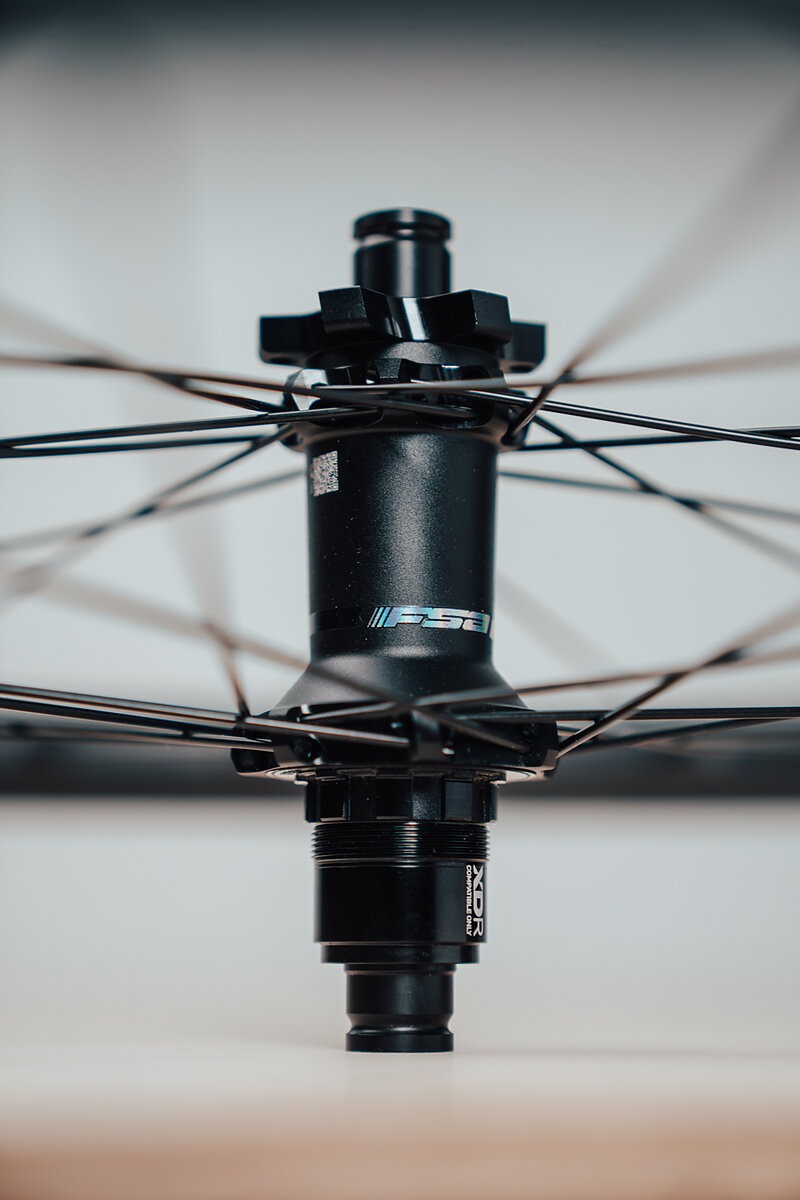
Hub Design
Like FSA’s KFX wheels, the Gradient uses its new PRS X-900 hubs. These use a 72-point dual ratchet ring design, similar to the one made ubiquitous by DT Swiss. The X-900 hubs have 5° between points of engagement, which means they’re faster-engaging than DT’s 54-tooth ratchet upgrade out of the box, but aren’t as tight as nearly-instant hubs like Industry Nine’s Hydra.
I would appreciate a little quicker engagement from the rear hub. On technical climbs, when ratcheting quickly, the in-house PRS X-900 hub's 72 points of engagement left me wanting more. However, I do appreciate the choice to use a ratchet style internal mechanism instead of pawls to do that work.
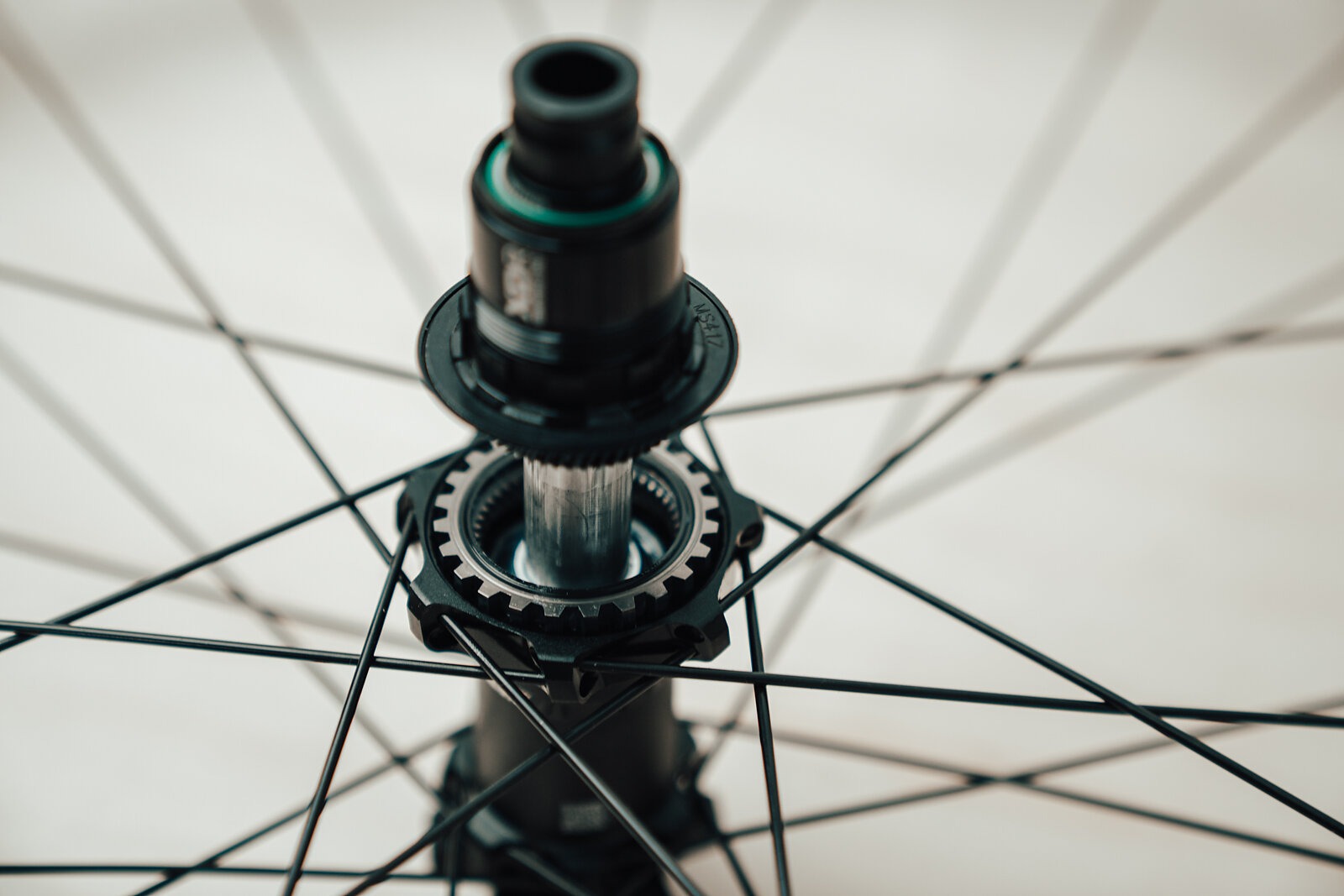
Muscling and Hustling the Gradient on Trail
Taking a quick corner on the Gradients is like asking Mr. Universe to make you a sandwich—he'll have no problem opening the pickle jar, no matter how tight it is. And despite the lack of spray tan, these wheels have great definition. The relatively low spoke count and stout rim create a nice harmony of feeling snappy, while avoiding any overly harsh feedback from the trail. And though they are a bit stiff for my weight (155 pounds) and riding style (mechanically sympathetic), I think the build is appropriate for the demands at the top end of what this wheel is designed to do—slamming through a blown out World Cup enduro track.
Freehub’s Gear Editor, Cy Whitling, is a little heavier than me at 200 pounds, and has spent time on the previous generation Gradient, as well as these new ones and had this to say: “The old FSA Gradient was one of the stiffest carbon wheels I’ve ever ridden. It felt harsh and uncomfortable unless I was riding all out, on smooth trails. This new version is significantly more compliant, and delivers a much more comfortable and accessible ride feel without feeling too soft or vague. The difference between the two generations is night-and-day in terms of stiffness and comfort. Additionally, I had persistent issues with FSA’s old hub design losing bearing preload every few rides, whereas the new hubs have done away with those fiddly and unreliable preload collars. The new Gradients ride better, and are easier to live with.”
My favorite rides on these wheels were steep. And while one must appreciate tire choice and the way it can radically alter performance, I found that the slightly more meat-headed characteristics of the Gradients guided me towards fast, technical descents. Staying pinned in a rooty chute, ripping around a catch berm, or blasting through a rock garden, these wheels came alive when the terrain was unforgiving. When traversing mellower trails, I found myself wanting something different—which was not a surprise. Historically, the Gradient line is about strength more than it is about finesse, and this iteration follows that pedigree. There’s no doubt that these wheels are round and will roll confidently over anything you put in front of them, but there are far better options for general trail riding, like the updated FSA KFX i28 wheels I recently reviewed.
Though billed for cross country, I found that the KFX wheels really punched above their weight. For bikes with sub 150 millimeters of rear travel, I’d choose the KFX, and the Gradient for anything with more travel.
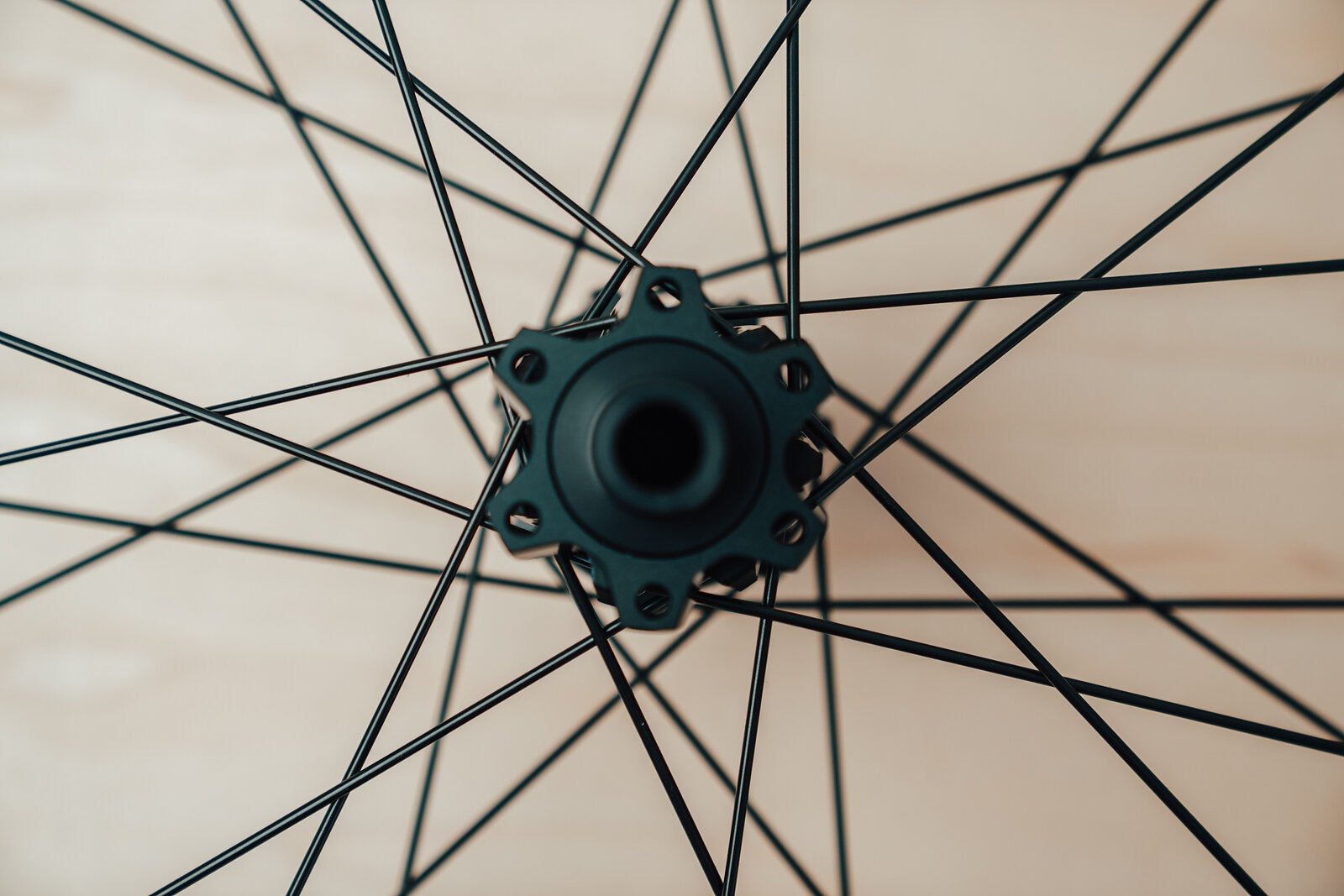
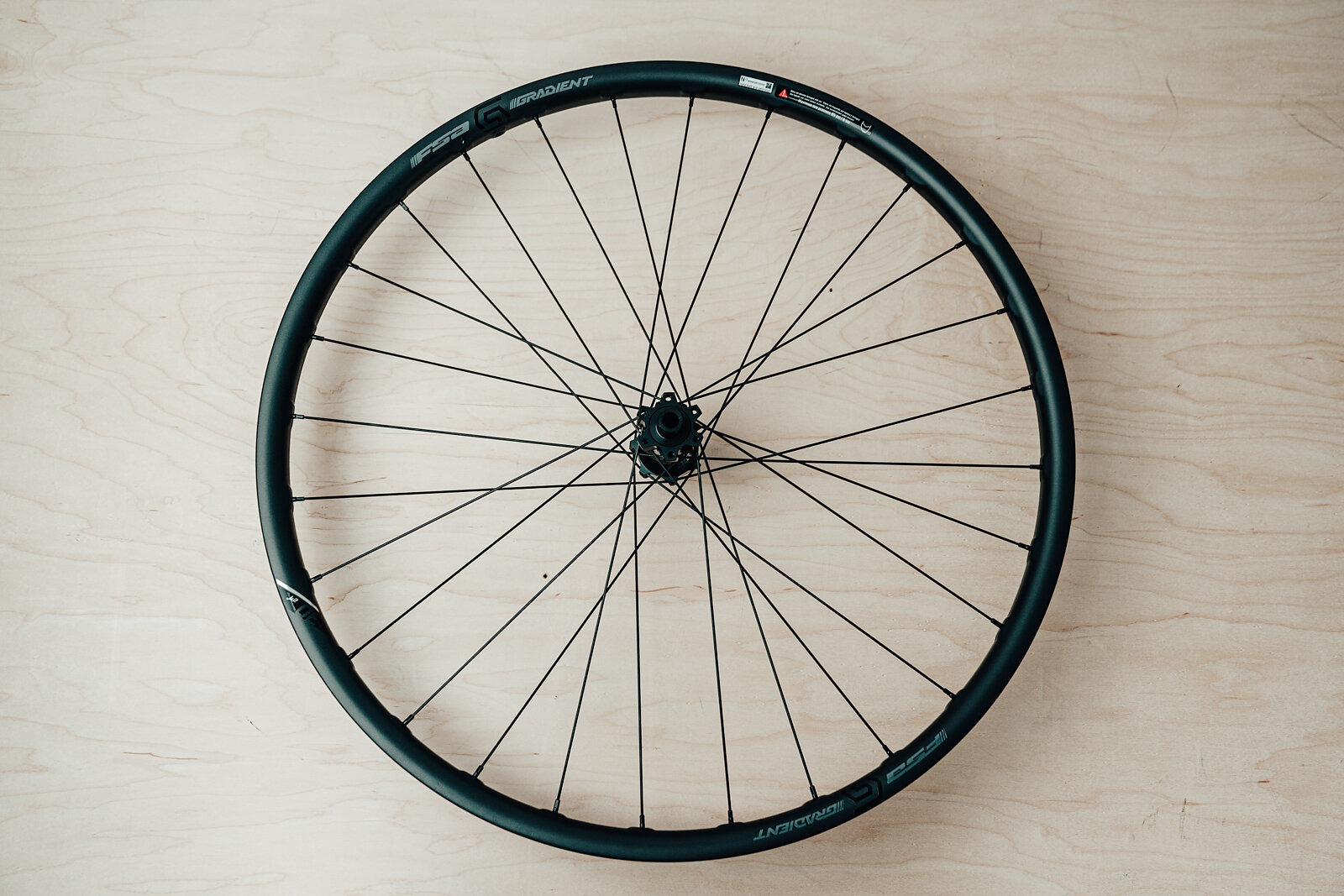
Gradient Durability
I’ve ridden these wheels for six months on both an e-bike and a hardtail, and have rigorously put them through their paces. In that time I had zero issues with the Gradients, if you subtract the time that I removed the rear wheel from my bike and the weight of my cassette yanked the whole freehub off and sent the internal components spewing across my garage.
The rims stayed true, the spokes stayed tensioned, and the included valves stayed clog-free. I also made a point to ride these without tire inserts and with extra low tire pressure on occasion to test the bottom-out strength of the hookless carbon construction itself. No problems came from that.
The hubs also held up well. Despite the extra torque applied during the e-bike testing, I had zero issues with engagement, like the skipping that can happen under the increased load.
Pricing
These wheels are notably less expensive than their KFX counterparts—$479 less to be exact. This left me scratching my head, because the Gradient and the KFX wheels look nearly identical despite the decals. They not only share the same raised spoke bed design, but they even have the same hubs. When I asked about this, I learned that FSA is dedicated to making the Gradients as competitive as possible in a sea of similar choices—which even includes taking a hit on margins. And while I didn’t find that answer entirely satisfying, I’m not going to argue with the savings it offers potential buyers.
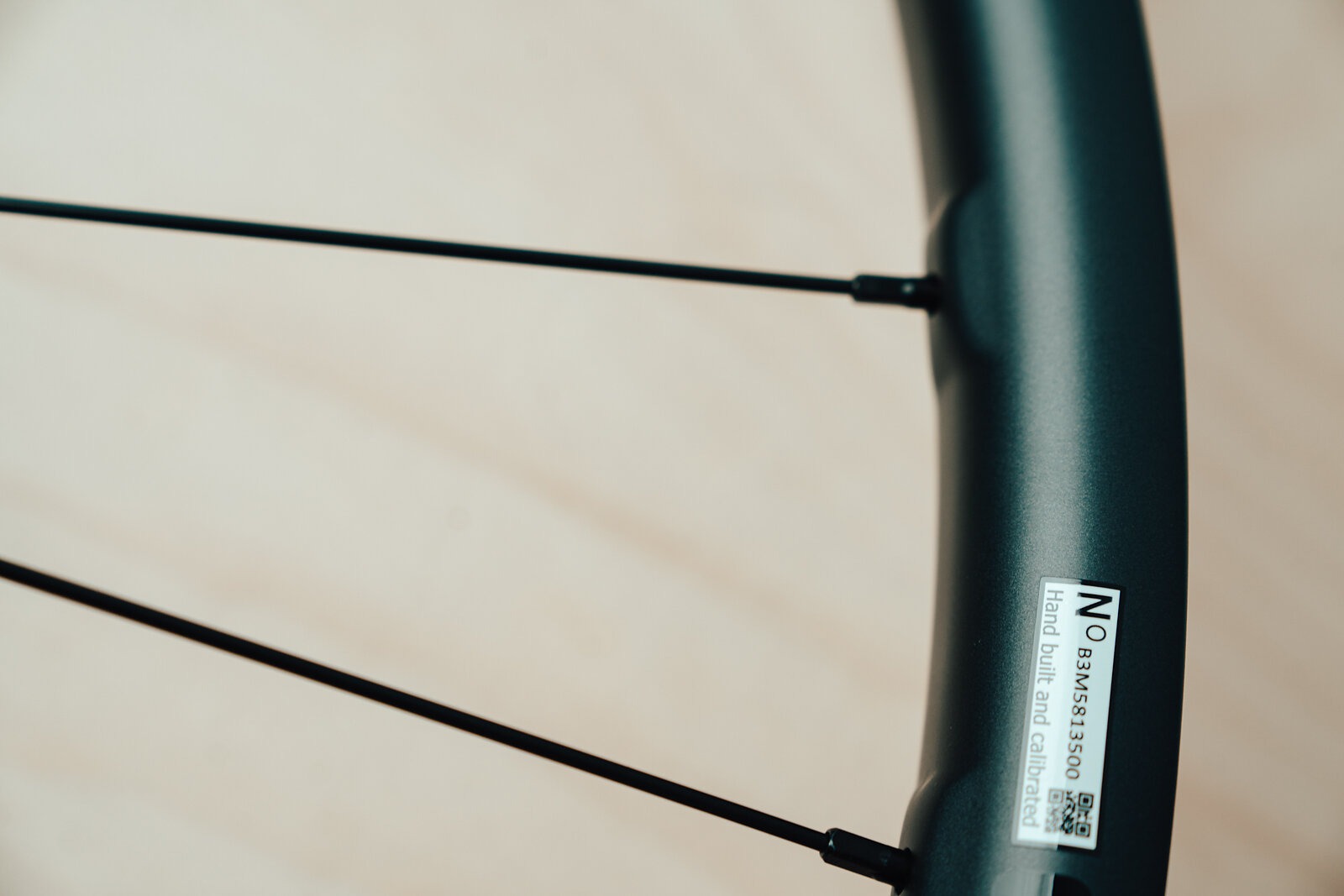
For Now
When we choose to ride on the edge of our comfort zone we grow. After the sting of high fives on our palm subsides, and we sit quietly by ourselves on the drive home, a sense of satisfaction might arise from the day's accomplishments. That type of riding is what the FSA Gradient i30 Enduro wheels live for. They want to try harder. They want to go faster. They want to leave it all on the trail. And if you find yourself wanting to test your limits in tough terrain, and this price point appeals to you, then these wheels should serve you well.
Learn more: FullSpeedAhead.com
